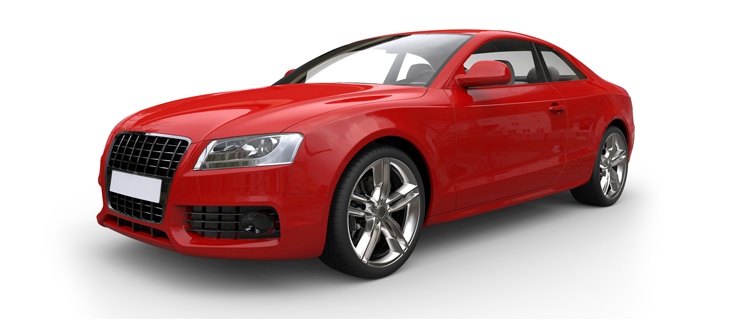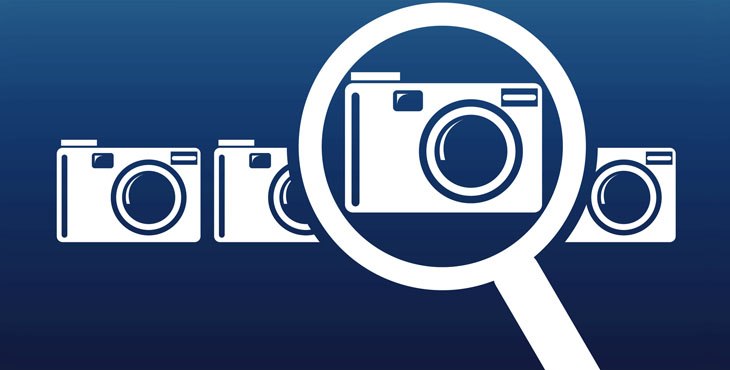Aerial photography, just a few years ago, meant too expensive for most photographers and videographers. But, turn that manned helicopter or airplane into a small, unmanned drone, and aerial photography is suddenly back in the picture. Professional drone photography is an affordable way for pros to expand their business, but Unmanned Aerial Vehicles (UAVs) present a number of unique challenges to go along with them. So what do professional photographers need to know before venturing into aerial photography? Take a look at these drone photography tips and techniques for professionals who know their way around a camera, but are new to drones.
Before You Start – Know the Legalities
Drones, as a relatively new form of technology, are often debated by lawmakers. Before you invest, check the local drone laws and how they apply to using drones commercially.
- In some locations, you are free to use a drone as a hobbyist, but as soon as you start using that drone commercially, you need to pass a test to get a commercial license.
- Along with possible licenses and registration, other guidelines are often in place for safety. In most places, you can’t fly drones over crowded Drones are also off-limits near airports and national monuments.
- Drone laws vary by location, so before you invest, make sure you can actually operate one, in the conditions you’re planning, legally.
Drone Photography Tips: Buying a Drone
Drones may be less than buying a helicopter or private plane, but they are still investments. Before you buy, start with a few drone basics to make the best investment.
- Type of Drone – Drones are classified based on how many rotors they have. A drone with three rotors is called a tricopter, a drone with four rotors is called a quadcopter and so on. Typically, the more rotors a drone has, the more weight the drone can carry — an important consideration when using drones for professional photography.
- Built-in Camera or Attaching One – Drones can either have cameras built-in or can attach a camera to them. While many drones with built-in cameras tend to have lower end specs, a handful offer resolution high enough to be considered for professional use. Attaching a small DSLR or mirrorless camera is often a favorite option among professionals because of the higher image quality — just make sure that the drone has a large enough weight capacity to carry that camera, the lens and any accessories, like a gimbal.
- Availability of Gimbals – For getting professional-quality photos and especially videos, a gimbal is an essential accessory. Drones themselves make small vibrations, while conditions like the wind may keep the flight from going in a perfectly steady path. Gimbals counteract the drone’s movements, so that no matter what the drone days, the camera stays steady. Gimbals make it possible to use longer shutter speeds without blur as well as making sure videos don’t leave viewers seasick.
- Type of Controllers – Along with the type of drone, type of camera and gimbal, another important consideration for professional drone photography is how the drone is controlled. Many small drones are controlled entirely through a smartphone app, while others use a dedicated controller (often using a smartphone to double as a screen or viewfinder). While controlling a drone over a smartphone is easy, a physical joystick control often offers more precise flights.
- Additional Features – Before you finalize that drone purchase, check for extra features that can keep your gear safer, including object avoidance technology to help avoid crashes, and automatic return home when the connection is lost. When putting a pricey camera on that drone, insurance is also a good idea.
Drone Photography Tips: Ideas for Business
Professional drone use is only limited by your creativity. Drones can be helpful in a number of different photography disciplines. These drone photography tips offer just a glimpse of what you can do with a drone:
- Real Estate Photography – In real estate photography, drones can offer an aerial overview of the property, as well as giving potential buyers a glimpse of the factors not normally accessible, like the condition of the roof.
- 360-degree Panoramas – Drones are excellent tools for creating 360-degree panoramas from high angles. These panoramas can be created by stitching together multiple shots from a DSLR or mirrorless camera for excellent resolution or using a consumer 360 camera for a low-resolution
- Event Photography – Event photographers can get a unique view using a drone — just make sure you’re not flying over people for safety reasons.
- Capturing Landscapes – Landscapes take an entirely different look from the air. Shooting landscapes from above can play with perspectives, pattern, and color. This also makes drones great for professional travel photographers.
- Sports Photography – When shooting sports, drones can keep up with the action in ways that a traditional photographer cannot. Shooting events such as motocross, the drone can get unique perspectives and follow the athletes by matching their speed and height.
- Industrial Inspection Using Photography – Professional drone photography also isn’t limited to art. A number of different commercial and industrial companies can use drones for inspections, advertising projects and more. Using thermal cameras for industrial inspections is another option.
Drone Videography Tips
Drones aren’t just for still photos. Drones can create a number of impressive videos — take a look with these drone videography tips.
- Drones aren’t just for viewing directly from above. UAVs can also shoot impressive low-angle shots on a variety of subjects.
- Movement is the key. Unlike still photos, drones can create cool effects by the way they fly, flying through something, parallel to something, or orbiting around something. Along with flight movement, gimbal movement can come into play here too.
- Start slow. The height and motion create enough of an effect that you don’t have to make viewers seasick with quick flights. Use fast flights sparingly to speed up the pace of your project or add a feeling of tension.
Drone Photo Editing Tips
Drone photography, like most forms of photography, looks best with a final polish. But, drone photo editing can often be a very different task — SmartPHOTOeditors (SPE) handles a number of aerial drone photo editing as well as video editing projects. When SPE edits a drone image, they consider a number of different factors that are often unique to drone photography.
- The motion of the drone can often create shutter distortion, particularly when moving fast or with fast subjects that appear to have a slanted shape that’s not actually Editing techniques can help correct this error.
- Drone photos can sometimes look a bit hazy — enhancing the contrast and removing the haze can make a dramatic difference in the final shot.
- Color grading can make or break a shot — adjusting individual color channels helps to enhance the subject of the photo or help the image evoke a specific emotion.
Drones can be an excellent tool for capturing stunning images and videos of many different subjects. But, like any tool, UAVs come with their own set of challenges. Professional drone photography is an excellent opportunity for pro photographers, but before they head start, need to understand the usability and complexities by integrating drone photography tips and techniques into their plans.
– SmartPHOTOeditors

